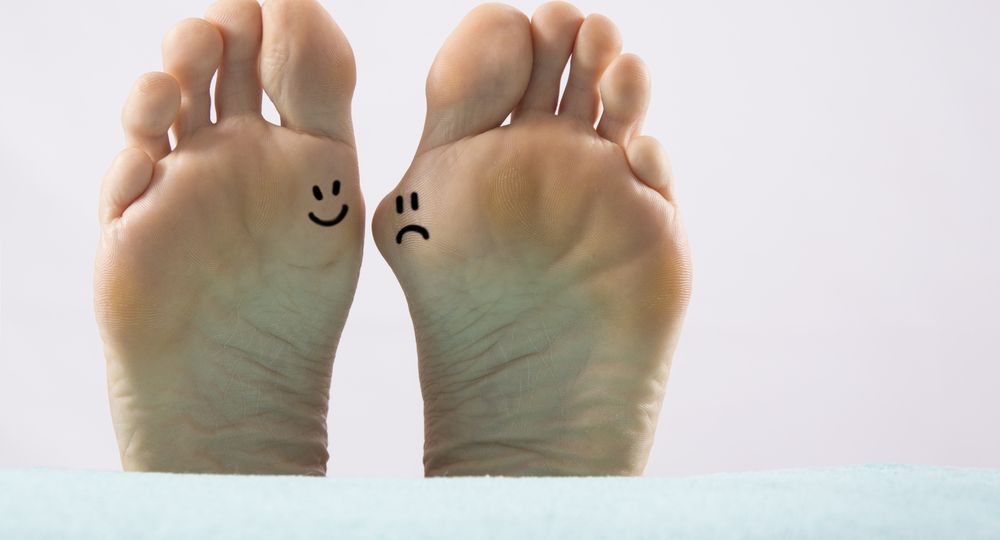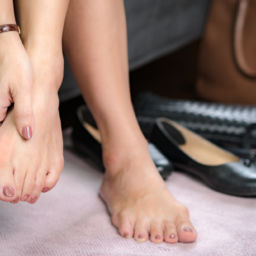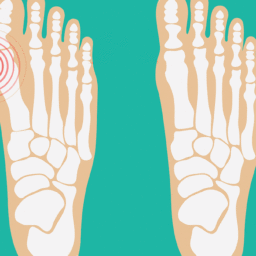
Though they can be painful, bunions are a common condition reported by more than 3 million Americans each year. The bony protrusion, which develops inside your foot on the big toe joint, puts pressure on your big toe causing it to lean towards your second toe. If left untreated, your bone structure can change over time, which will result in a bunion bump, redness, tenderness, inflammation and stiffness. This progressive condition can start to impact your quality of life, making it painful to walk and wear certain shoes.
In addition to understanding the causes and foot bunions treatment options, there are some other things you should know about bunions.
What is Causing Your Bunions?
Bunions can happen to anyone, but the condition is hereditary and most commonly found in women due to the types of shoes they frequently wear. Narrow and tight shoes are the norm for women, but this type of footwear squeezes the toes together – increasing the chances of bunion formation or worsening.
Other causes of bunions could be the shape and structure of your foot or being diagnosed with an inflammatory condition such as rheumatoid arthritis.
In addition, a common gait pattern called “pronation” can increase your risk of developing bunions or even make them worse. Pronation can be addressed with arch support and special stretches. Your podiatrist will help fit you for orthotics to help correct this and will show you exercises that you can do. They may also give you a steroid injection if your bunion is inflamed.
FOOT BunionS Treatment Options
After a physical examination and x-rays, your podiatrist will then decide on the best course of treatment for you. Before resorting to surgery, you podiatrist will attempt conservative therapies, including wearing orthotics or changing your footwear, to manage symptoms and prevent the bunions from worsening.
Non-surgical options can help alleviate your associated symptoms but they will not reverse the bunions on your feet. In addition, the severity of your bunions may warrant more drastic measure to treat the condition. Your podiatrist will determine if you are a good candidate for bunion surgery. The goal of bunion surgery is to properly realign the structure of your foot so the big toe can go back to its original position.
More About Bunions
Pregnancy
If you’re expecting, it is common for your bunions to worsen during this time. This is due to your ligaments and soft tissue relaxing more as your body prepares for birth. Opt for comfortable mesh shoes that will support your changing feet.
Move More
For people with bunions, the strength of your foot muscles is important to combat the effects caused by the condition. To help relieve symptoms and increase the strength of your foot structure, try to perform a few simple foot exercises daily. Your podiatrist may also recommend physical therapy if they deem necessary.
Post Op
If your podiatrist recommends bunion surgery, it is important to know what to expect. While most surgeries can be performed in an outpatient setting without a hospital stay, the recovery process may take at least six weeks, depending on how much bone and soft tissue is affected.
Act Quickly
As soon as you notice the telltale signs of a bunion, schedule an appointment with your podiatrist right away. Then you can determine what early foot bunions treatment intervention tactics you should take to slow down the condition’s progression.
If you would like to find out more about bunions and your treatment options, make an appointment with our board-certified podiatrists and surgeons today. We have offices in Broward, Palm Beach and Martin Counties to serve you. 1-855-550-FEET



